Could we love the dirt beneath our feet like we love our critically endangered western ringtail possums or soaring old growth forests?
It might not warm your heart in quite the same way, but like possums and jarrah trees, our soil is also a key national asset.
Contributing an estimated $930 billion to the economy, makes it our most valuable natural asset of all.
Learning to love it (and care for it) is critical to a sustainable future.
Soil is a non-renewable resource (like water) and we all depend on it more than we realise.
The health of our soil impacts water and air quality, our health and food quality and plays a vital role in resilience to climate change and natural disasters.
The problem is that, while rich in biodiversity, Australian soil is considered among the oldest and most nutrient poor in the world.
To help address the problem and improve our soil health, the Federal Government has just released its 5-year National Soil Action Plan.
It was developed with input from state and territory governments in partnership, the soil science and research community, regional Natural Resource Management organisations like South West NRM, not-for-profits, industry bodies and the private sector.
Among the 4 priority actions listed in the Plan, are things we do a lot of under our own priority area to ‘future-proof farming’.
In particular we drive innovation in the farming sector through widespread adoption of economically viable sustainable technology and practices.
South West NRM Manager Sustainable Agriculture Peter Clifton, who provided input on the Plan before it was finalised, said it was good to see priority action 1 of the Plan addressing the need for a national framework to support the measurement, monitoring, mapping, reporting and sharing of soil state and trend information.
“Effective long-term monitoring is critical to understanding soil,” Peter said.
“The logical first step for farmers is to understand their soils better before they take any management actions. Then isolate what soil properties they want to change, and then monitor the effect of their management.
“Getting to know our soils better should improve recognition of value.”
Underperforming agricultural soils cost Australian farmers billions of dollars in lost revenue each year.
You can read more about work South West NRM is doing on soil health via the below articles and case studies:
Soil constraints in SW WA high rainfall pastures.
Managing non-wetting soils
in South West WA.
Soil Constraints to productivity in high rainfall pastures (South West WA).
14 livestock producers are taking part in our ‘Pasture Challenge’.
What could burying 7 pairs of undies for 2 months tell us about soil health?



